The White House Medical Unit, during the Trump administration, reportedly distributed prescription medications, including controlled substances like Ambien and Provigil, to staff members who were not eligible.
This practice was conducted without maintaining adequate records, a serious deviation from federal regulations. The Department of Defense’s Office of the Inspector General highlighted “severe and systemic problems” in all phases of the White House Medical Unit’s pharmacy operations.
Comprehensive Investigation

Reuters reports that the Pentagon’s Office of the Inspector General conducted a thorough investigation of the White House Medical Unit from September 2019 to February 2020. This investigation was initiated following a complaint received in 2018 and covered a period spanning from 2009 to 2018, including the administrations of Presidents Barack Obama and Donald Trump.
However, the report primarily focused on the years 2017 to 2019, under President Trump’s administration.
Lack of Documentation in Medication Distribution
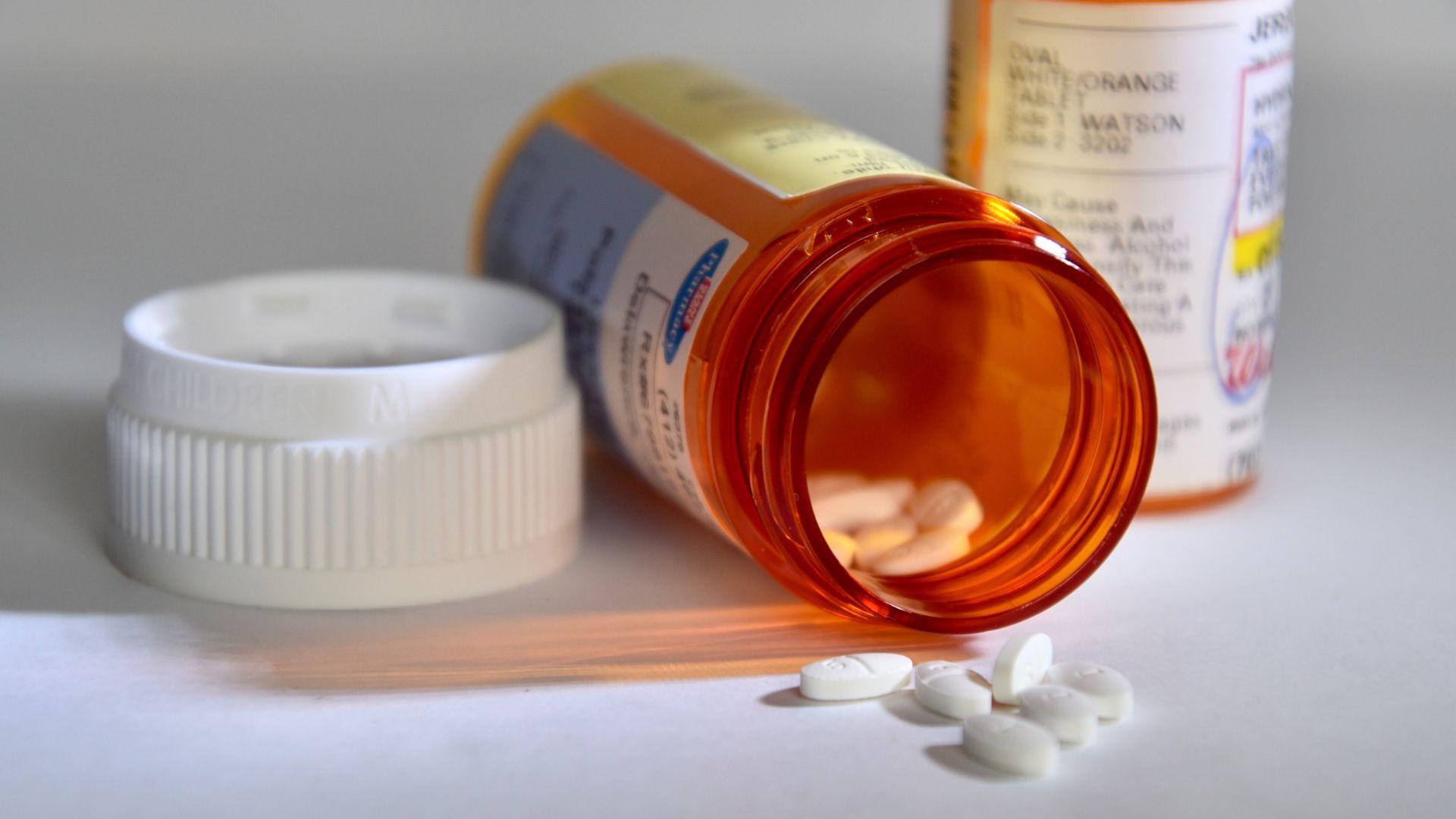
An alarming revelation from the report was the absence of proper documentation for medication distribution.
A witness stated in the report, “Anything that took place at the White House Clinic was never written down, never recorded.”
Prescriptions Without Required Information
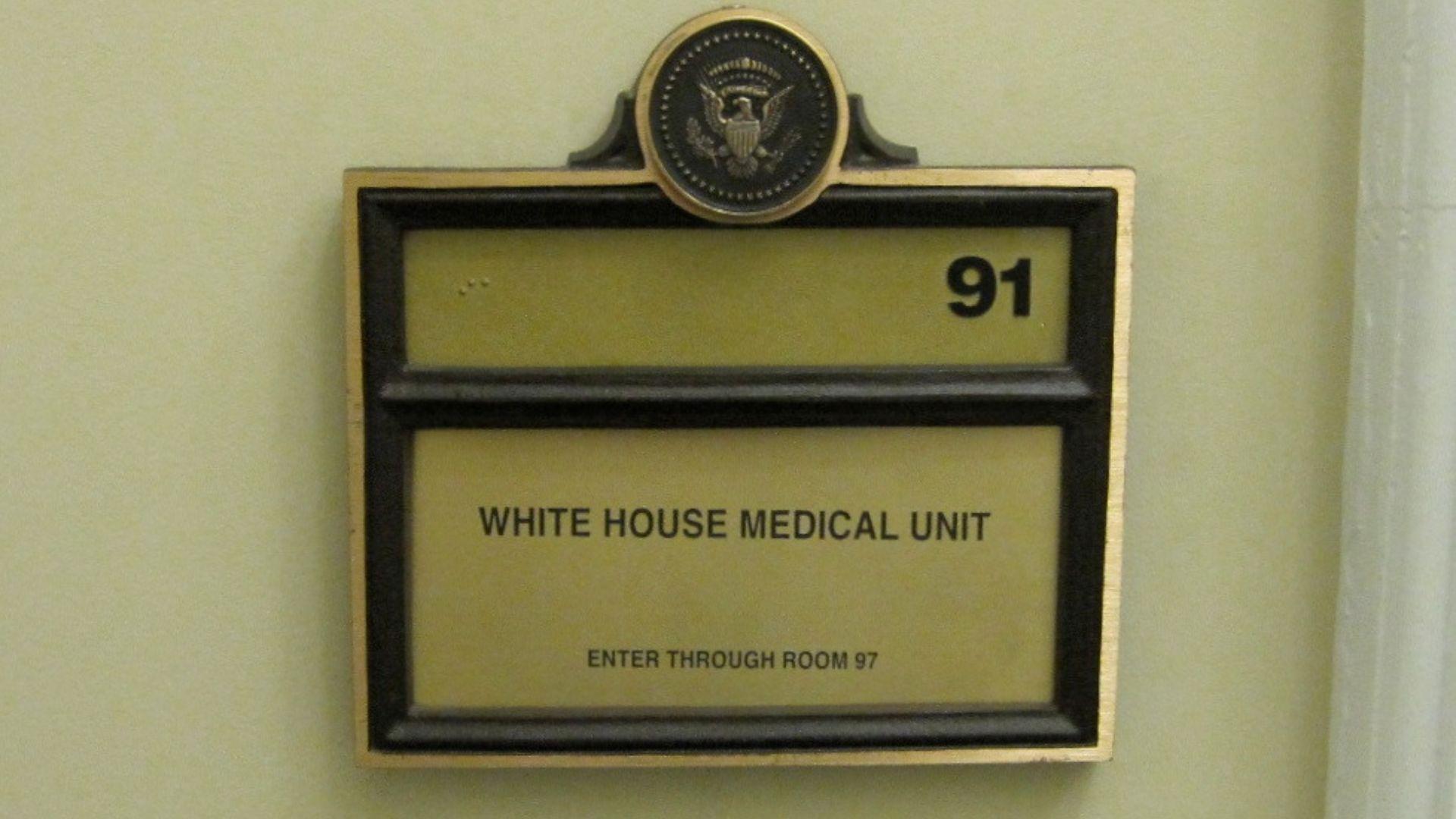
The New York Post reports that when handling controlled substances, the White House Medical Unit often wrote prescriptions that lacked essential information.
According to the report, these prescriptions “often lacked the medical provider and patient information mandated by policy.”
Unverified Patient Identity in Medication Dispensing
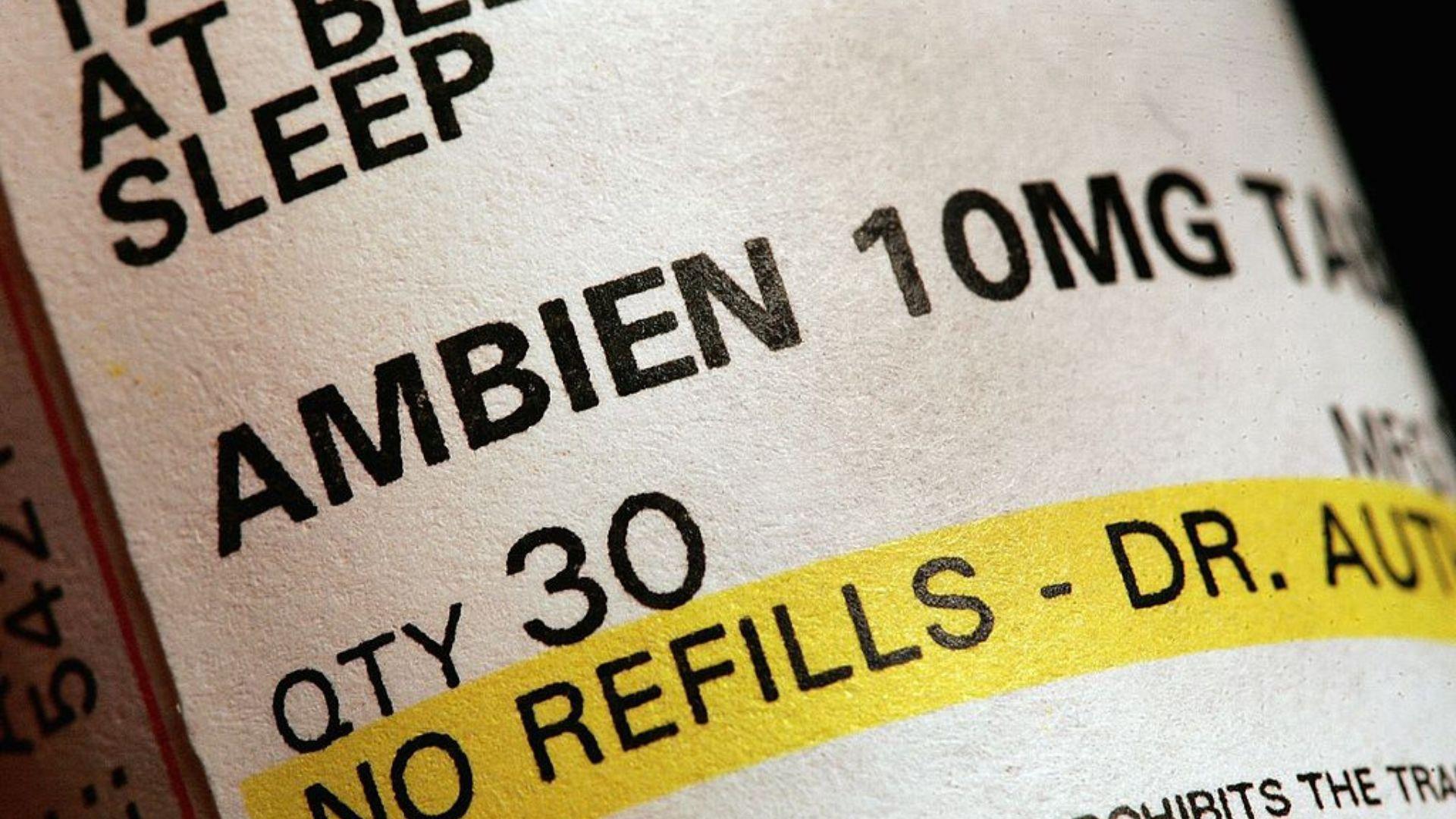
The Inspector General’s report noted a significant breach in protocol when it stated, “The White House Medical Unit dispensed non‑emergency controlled medications, such as Ambien and Provigil, without verifying the patient’s identity,” according to The New York Post.
This practice not only goes against standard medical procedures but also poses a risk to patient safety and security.
Excessive Spending on Brand Name Drugs
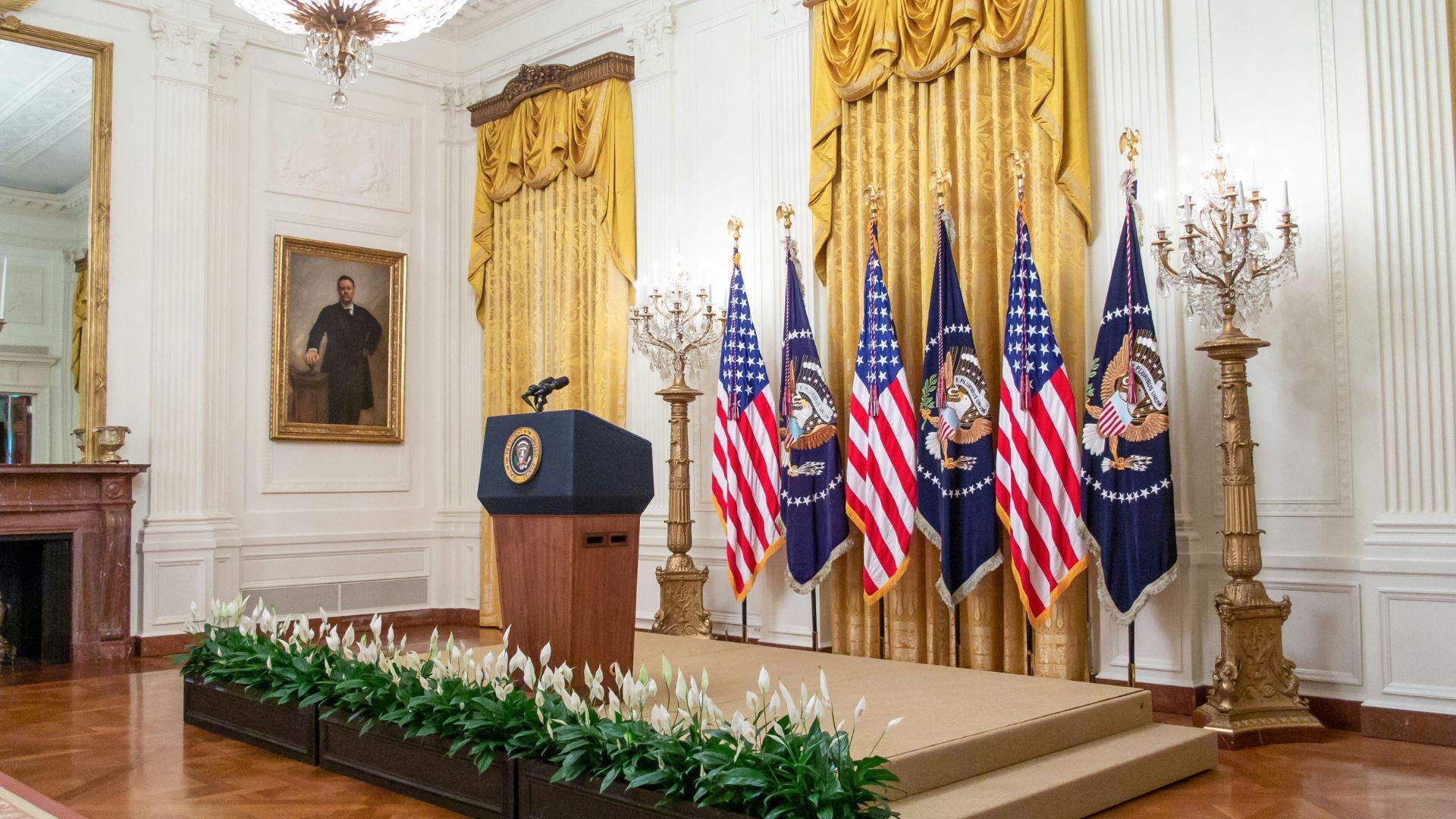
The White House Medical Unit’s preference for brand-name drugs over generic equivalents led to significant financial implications. Reuters reveals that the report said “The White House Medical Unit’s pharmaceutical management practices ineffectively used DoD funds by obtaining brand‑name medications instead of generic equivalents and increased the risk for the diversion of controlled substances.”
Between 2017 and 2019, an estimated $46,500 was spent on brand name Ambien, which is 174 times more expensive than the generic equivalent, The New York Post notes.
High Costs for Stimulants
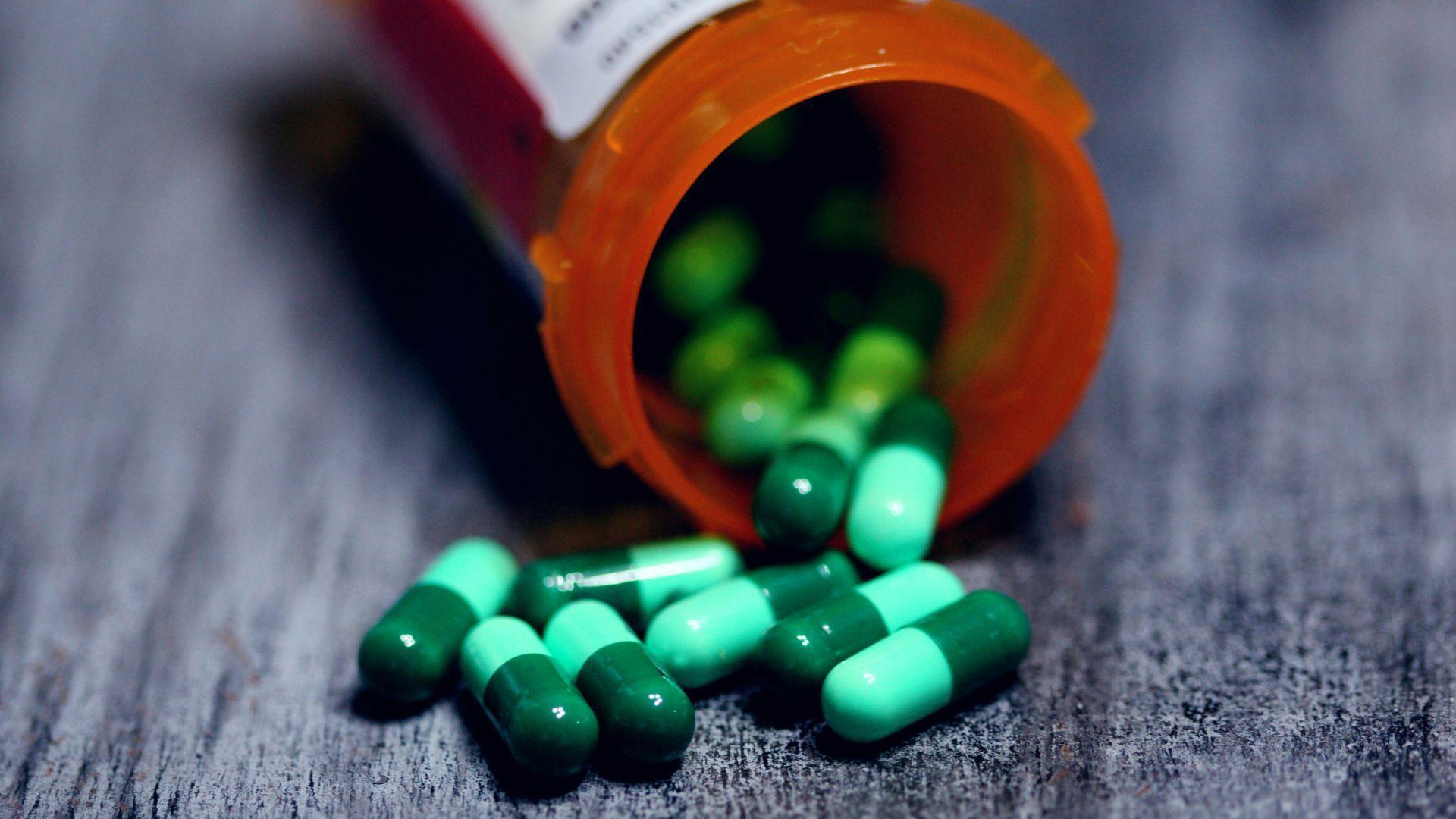
The New York Post also shares that the unit spent around $98,000 on brand-name Provigil during the same period, which is 55 times more expensive than the generic equivalent.
This spending pattern not only reflects a disregard for cost-saving measures but also raises questions about the necessity and appropriateness of these purchases.
Controlled Drugs Pre-Packed for Trips

The New York Post details that the report included a witness statement describing routine practices for overseas trips.
The witness said: “So we would normally make these packets of Ambien and Provigil, and a lot of times they’d be in like five tablets in a zip‑lock bag.”
Provigil as a “Parting Gift”

CNN reports that one of the more unusual practices noted in the report involved dispensing Provigil as a “parting gift”.
A witness recalled an incident where a White House official was given Provigil upon their departure, stating, “Dr. [X] asked if I could hook up this person with some Provigil as a parting gift for leaving the White House.”
Free Medical Care to Ineligible Staff
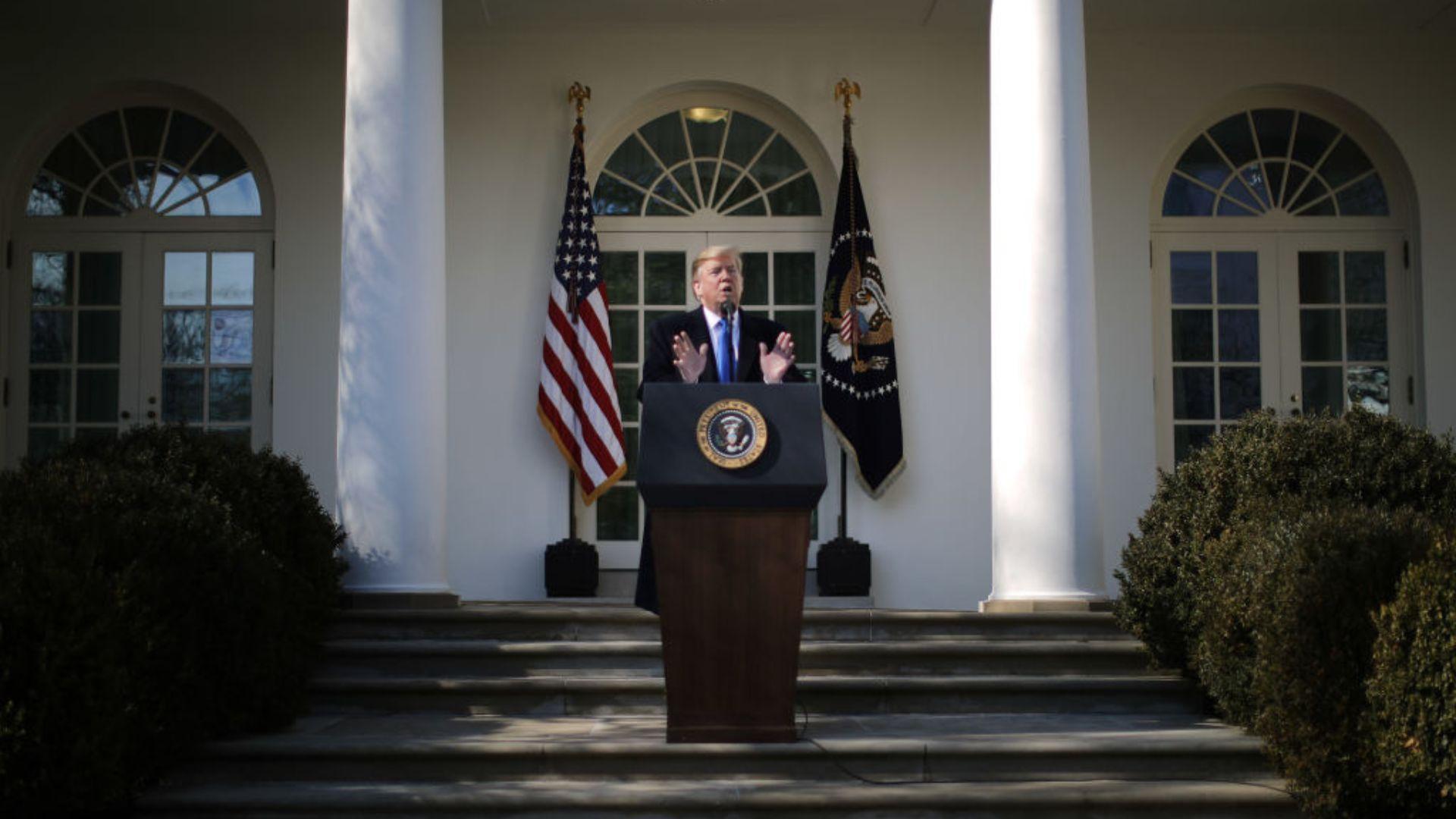
The investigation found that the White House Medical Unit provided “free medical care to ineligible” staff, as reported by The New York Post.
The practice of “health care by proxy” included dispensing controlled drugs to staffers who were not legally entitled to receive them.
Discrepancy in Patient Numbers
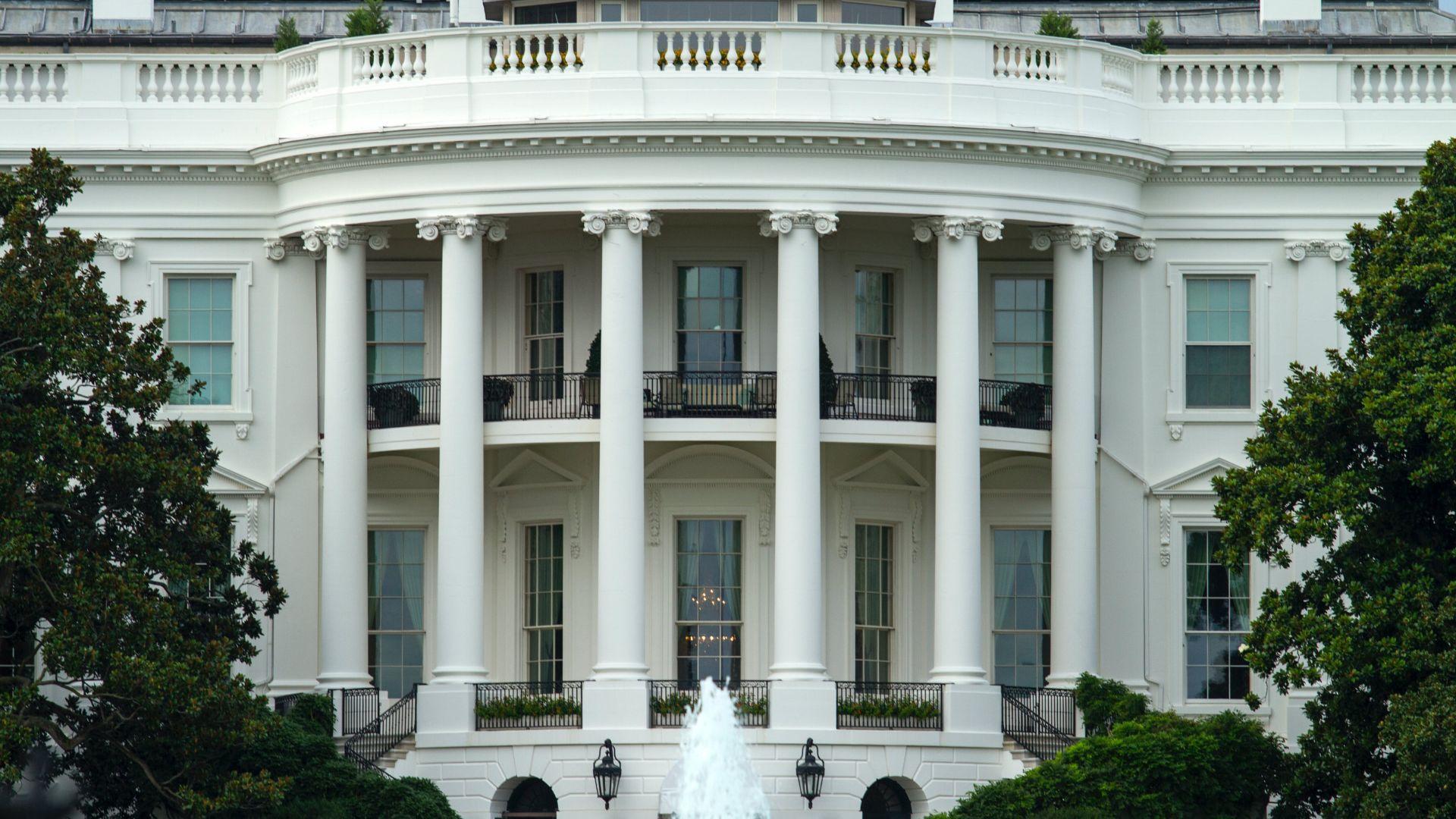
The report indicates a stark contrast between the intended and actual use of the White House Medical Unit.
While it was designed to cater to around 60 high-level appointees, it actually provided care to approximately 6,000 White House employees, contractors, and government employees, as per information from CNN.
Insufficient Oversight and Safety Risks
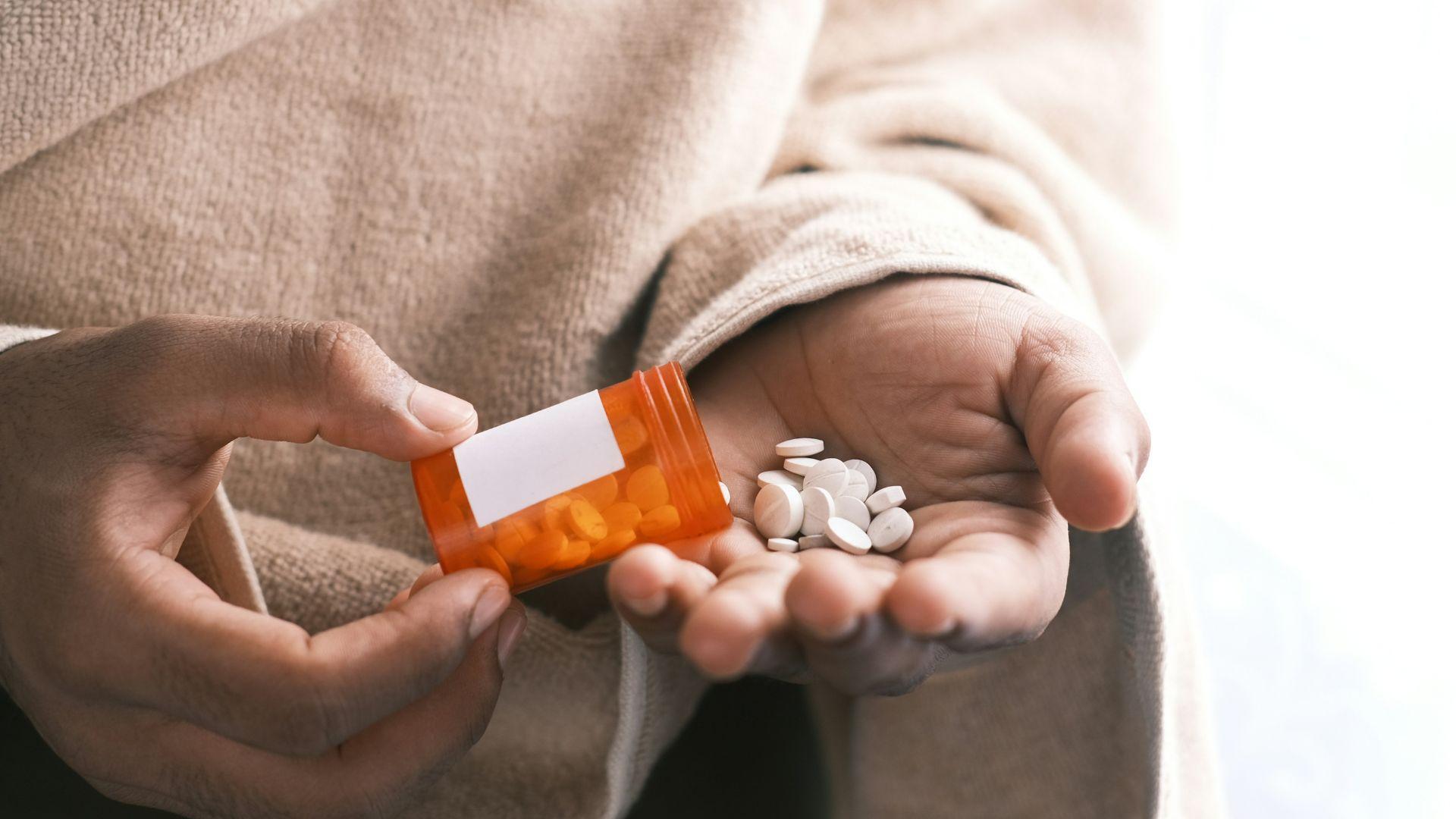
The New York Post reveals that the Pentagon report concluded that the White House pharmacy staffers operated with little to no oversight, leading to prescribing practices that put the health and safety of patients at risk.
This lack of supervision is concerning given the nature and potential impact of the medications being handled.








































